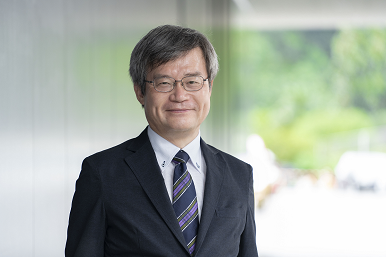
Lecturer: Prof. Hiroshi Amano, Nagoya University, Nagoya, Japan
Title: Role of New Semiconductor Materials in Realizing Net Zero Carbon and Smart Society
Abstract. I would like to emphasize the need for research and development of wide bandgap (WBG) and ultrawide-bandgap (UWBG) semiconductors, especially GaN, AlN and their alloys. The contribution of GaN and related materials in LED lighting to energy savings is significant. The application of these material systems is not limited to lighting: replacing Si-based power devices with GaN-based power devices can reduce total electricity consumption by 25%. GaN-based high-voltage power devices should become the key devices in establishing renewable-energy-based electricity grids because of their high-efficiency, high-speed switching and high-voltage capability. GaN-based high-frequency and high-power transistors will provide a unique solution for realizing millimeter-wave and even THz wireless communication systems. In this presentation, I would like to focus on the recent development and prospects of nitride-based semiconductors and their devices.
Where
Aula Magna - University of Milano-Bicocca, U6 Building - Agorà, Piazza dell'Ateneo Nuovo 1
Streaming: to be defined
Biography
Professor Hiroshi Amano received Doctor of Engineering from Nagoya University. Currently he is a Director, Center for Integrated Research of Future Electronics, and a Professor, Institute of Materials and Systems for Sustainability, Nagoya University.
He shared the 2014 Nobel Prize in Physics with Prof. Isamu Akasaki and Prof. Shuji Nakamura "for the invention of efficient blue light-emitting diodes which has enabled bright and energy-saving white light sources".
He is currently developing technologies for the fabrication of high-efficiency power semiconductor development and new energy-saving devices at Nagoya University.